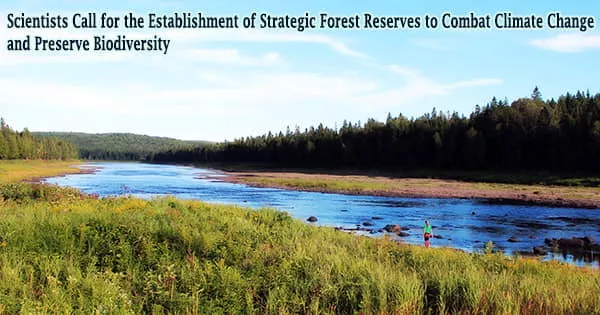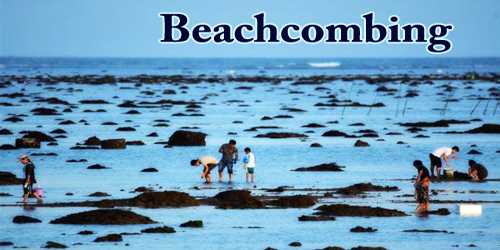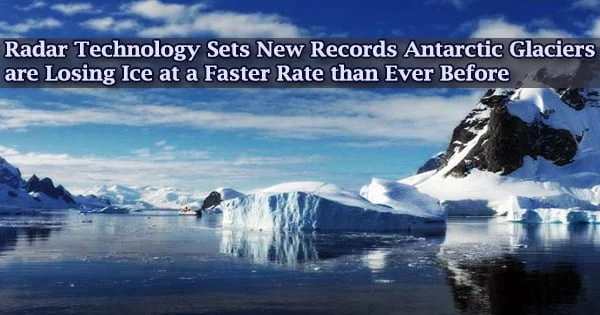According to a scientific partnership coordinated by an Oregon State University ecologist, the United States should move quickly to establish a collection of key forest reserves in the Western United States to combat climate change and protect biodiversity.
Bev Law, her colleague William Ripple from the College of Forestry, and other scientists from throughout the West contend that climate change and biodiversity are closely intertwined and that planned forest reserves would address both “emergencies” while also encouraging water resource protection.
In a report published today in Communications Earth & Environment, the scientists explain their argument and layout a framework for developing the reserves.
The researchers emphasize older forests’ ability to accumulate massive amounts of carbon in trees, vegetation, and soils, to provide homes for wildlife, and to serve as sources of water for drinking and other uses, referring to them as “America’s Amazon” and forest protection as “the lowest-cost climate mitigation option.”
“Policymakers, including those in the Biden administration, frequently talk about the need to protect forests in developing countries,” Law said. “Forests in the Pacific Northwest have enormous carbon storage potential but U.S. public lands are often overlooked. Little attention has been given to the nexus of high carbon density and high biodiversity forests in the temperate region, and their importance to climate mitigation and adaptation.”
Multiple governments have vowed to reach the targets known as 30×30 and 50×50; the former asks for safeguarding 30% of global land and sea resources by 2030, while the latter calls for protecting 50% by 2050. According to the experts, achieving the 50×50 target is commonly regarded as critical for preserving the Earth’s biodiversity.
For this study, the researchers took an inventory of land protections across 11 states: Washington, Oregon, Idaho, California, Nevada, Arizona, New Mexico, Utah, Colorado, Wyoming, and Montana.
Forests in the Pacific Northwest have enormous carbon storage potential but U.S. public lands are often overlooked. Little attention has been given to the nexus of high carbon density and high biodiversity forests in the temperate region, and their importance to climate mitigation and adaptation.
Bev Law
The United States Geological Survey defines GAP 1 as “permanent protection” such as wilderness regions and national parks where natural disturbances such as fire can occur unabated or are imitated through management efforts.
Uses or activities that undermine the quality of existing natural communities, such as road construction, may be permitted on GAP 2 areas, as well as suppression of natural disturbances.
They discovered that GAP 1 protection covers 8% of the total land area of the research region, or 57 million acres, including 32 million acres of forest. At the GAP 2 level, another 5% of the land, 44 million acres, is protected, including 11 million acres of forested land.
“To achieve 30% protection of forest area in the West by 2030, an additional 25 million acres of the forest must be protected at these levels,” Law said. “Protection at the level equivalent to wilderness would be best for biodiversity, which would increase the additional needed acreage from 25 to 36 million acres.”
In the states analyzed, permanently protected regions equivalent to wilderness areas cover an average of 14% of forest land, ranging from 7% in Oregon to 37% in Wyoming. To meet the 2030 target, region-wide protection of areas equal to wilderness classification would need to expand by 16 percent, and by 36 percent to meet the 2050 target.
For bird, mammal, amphibian, and reptile species, the percentage of forest habitat conserved is currently at 18 percent for each, and 14 percent for tree species. More old-growth forests will benefit birds like the threatened marbled murrelet and northern spotted owl, according to Law. Expanded regional forest protections would also assist large, threatened carnivores like the gray wolf and Canada lynx.
“We are pushing ecosystems to the point where they may not recover unless we take aggressive actions to reduce atmospheric greenhouse gases and protect plants, animals, and the rich natural reservoirs of carbon,” Law said.
“In Oregon alone, 80% of drinking water comes from forested landscapes, and protection would help address water scarcity and provide security in the face of climate change.”
Researchers identified locations that might serve as strategic climate reserves using an analysis approach that could be implemented in other regions with sufficient data to achieve a 30 percent conservation of forest area in the West by 2030, they claim.
Using geographic measurements of biodiversity, carbon stocks and buildup under climate change, and future vulnerability to drought or wildfire, the approach generates preservation priority rankings.
The highest priority forestlands in the West are primarily owned by the federal government, with significant sections managed by private entities, state and tribal governments.
Many federal forest lands would be protected under GAP 2 if grazing, mining, and logging were phased out and protection was strengthened through administrative regulation, according to Law. She stated that roadless areas in the West account for about 42 million acres of national forest and are readily available for permanent protection.
“Strategic forest reserves could be established on federal lands through executive action, regulation, and rule-making and could be a low-cost way to simultaneously meet goals of protecting forest carbon to mitigate climate change and protecting biodiversity,” Law said.
“Private and tribal lands present substantial opportunities for increasing carbon storage and protecting biodiversity through incentives, voluntary conservation measures, and fair market acquisition.”
This research was supported by the U.S. Department of Agriculture. Collaborating with Law and Ripple were Polly Buotte of the University of California, Berkeley; David Mildrexler of Eastern Oregon Legacy Lands; and Logan Berner of Flagstaff, Arizona-based EcoSpatial Services LLC.
















